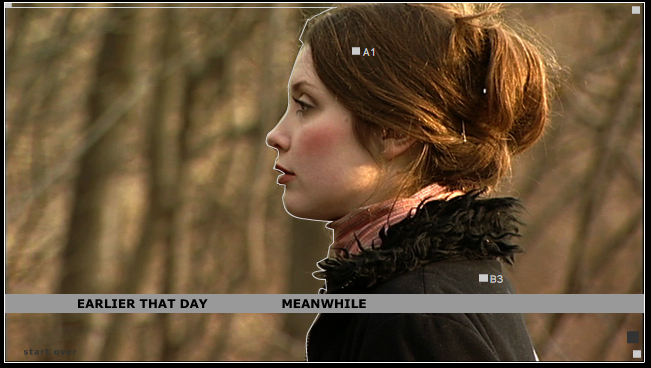Last Thursday I gave a paper on “The Text of Tools” at the Society for Textual Scholarship annual conference in New York. I was part of a session on Digital Textuality with Steven E. Jones and Matthew Kirschenbaum. Steven gave a fascinating paper on “The Meaning of Video Games: A Textual Studies Approach” which looked at games as texts whose history of production and criticism can be studied, just as textual scholars study manuscripts and editions. He is proposing an alternative to the ludology vs. narrativity approaches to games – one that looks at their material production and reception.
Matt Kirschenbaum presented a paper titled “Shall These Bits Live?” (See the trip report with the same title.) that looked at preservation and access to games. He talked about his experience studying the Michael Joyce archives at the Harry Ransom Humanities Research Centre. He made the argument that what we should be preserving are the conditions of playing games, not necessarily the game code (the ROMs), or the machines. He pointed to projects like MANS (Media Art Notation System) – an attempt to document a game the way a score documents the conditions for recreating a performance. This reminds me of HyTime, the now defunct attempt to develop an SGML standard for hypermedia.
In my paper, “The Text of Tools” I presented a tour through the textuality of TAPoR that tried to show the ways texts are tools and tools are texts so that interpretation is always an analysis of what went before that produces a new text/tool.
Update. Matt has sent me a clarification regarding preserving the game code or machines,
I’d actually make a sharp distinction between preserving the code and the machines. The former is always necessary (though never sufficient); the latter is always desirable (at least in my view, though others at the Berkeley meeting would differ), but not always feasible and is expendable more often than we might think. I realize I may not have been as clear as I needed to be in my remarks, but the essential point was that the built materiality of a Turing computer is precisely that it is a machine engineered to render its own
artifactual dimension irrelevant. We do no favors to materiality of computation by ignoring this (which is what one of the questioners seemed to want).


